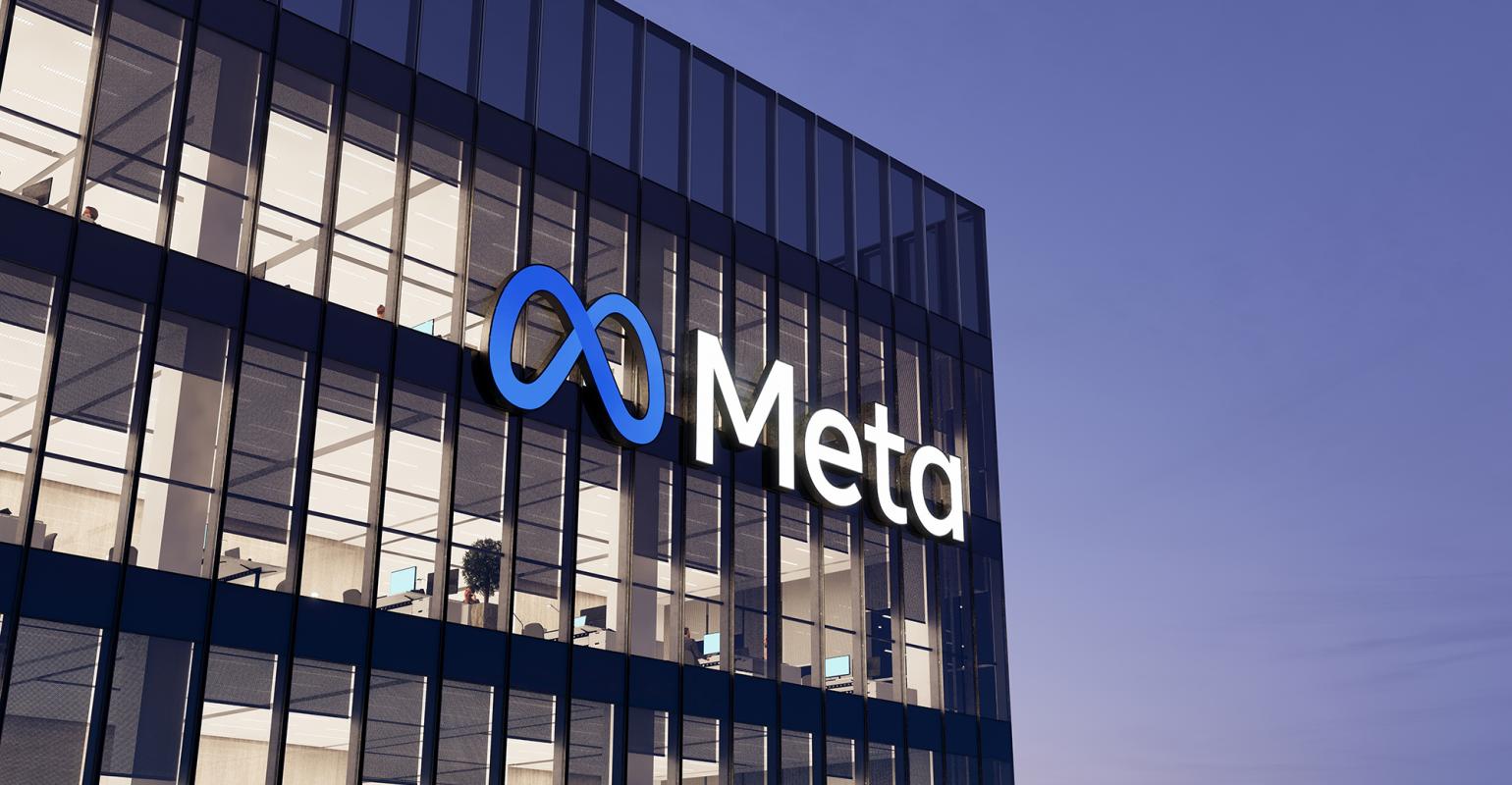Meta Labelling AI Photos: As AI-generated media becomes increasingly sophisticated and elections loom, Meta is stepping up efforts to curb the spread of deceptive content. This article delves into their multi-pronged approach, including labelling AI photos, penalizing non-disclosure of AI use, and leveraging large language models for content moderation.
Also Read: YouTube Says Dedicated Apple Vision Pro App On The Way
Facing the Challenge of “Deepfakes”: Meta Labelling AI Photos and Beyond
With concerns mounting about the potential for AI-generated content, particularly “deepfakes,” to manipulate public opinion, Meta is taking proactive measures. Starting in the coming months, they will:
- Label AI-generated photos across Facebook, Instagram, and Threads. This transparency initiative will initially cover AI photos created with tools from various companies, including Google, OpenAI, and Adobe.
- Punish users who conceal AI use in realistic video or audio. Meta will implement a range of penalties, from warnings to post removal, for undisclosed AI-generated content.
- Develop tools to detect synthetic media even if metadata is tampered with. This proactive approach aims to address potential attempts to circumvent labelling efforts.

While Meta already applies “Imagined with AI” watermarks to internally generated images, the industry lacks broader standards for identifying AI-generated video and audio. Clegg acknowledges the complexities: “The industry is farther behind on building standards to identify AI-generated video and audio.”
Collaboration and Vigilance: Working with Stakeholders and Addressing Concerns
Meta recognizes the need for industry-wide collaboration and is actively involved with groups like Partnership on AI to advance content authenticity initiatives. Recent developments include:
- Adobe’s Content Credentials system: Integrates content provenance information into image metadata.
- Google’s SynthID watermark: Now extended to audio files after its initial application to images.
Despite these efforts, Meta remains vigilant about the potential for misuse, acknowledging that “something may happen where we’re somehow accused of having dropped the ball.” While downplaying the likelihood of widespread election interference, Clegg emphasizes the company’s commitment to rapid detection and labelling.
Leveraging Technology for Good: Exploring Large Language Models in Moderation
In a novel approach, Meta is exploring the use of large language models (LLMs) trained on its Community Standards. These advanced AI systems have the potential to act as efficient “triage mechanisms” for human moderators, helping them focus on complex and nuanced content requiring their expertise.
Clegg describes this as “a highly effective and rather precise way of ensuring that what is escalated to our human reviewers really is the kind of edge cases for which you want human judgment.”
Conclusion: A Multifaceted Approach to a Complex Challenge
Meta’s multifaceted approach to tackling AI-generated misinformation includes labelling, penalties for non-disclosure, advanced detection tools, collaboration with industry stakeholders, and exploring the potential of LLMs.
While challenges remain, this proactive approach demonstrates Meta’s commitment to mitigating the potential harms of deepfakes and fostering a more responsible online environment.
Disclaimer
We have taken all measures to ensure that the information provided in this article and on our social media platform is credible, verified and sourced from other Big media Houses like TheVerge. For any feedback or complaint, reach out to us at rajverma.contact@gmail.com

